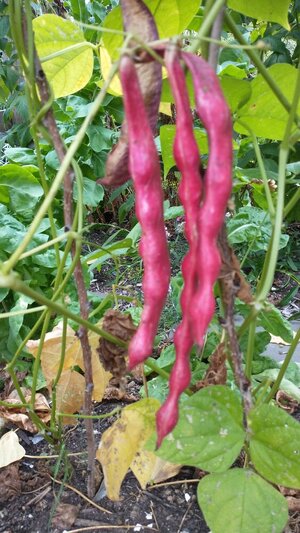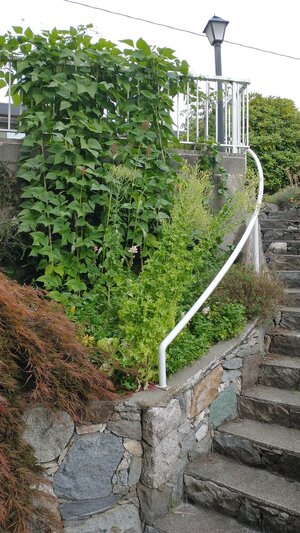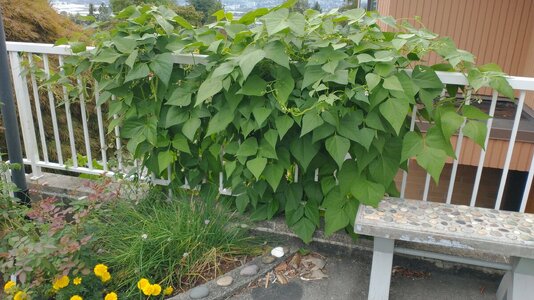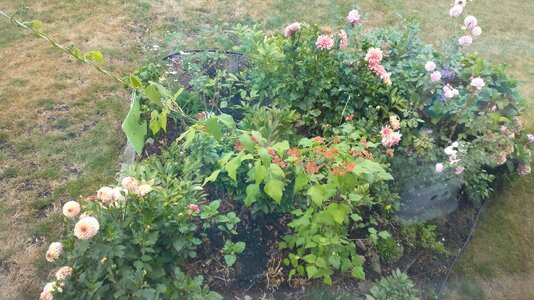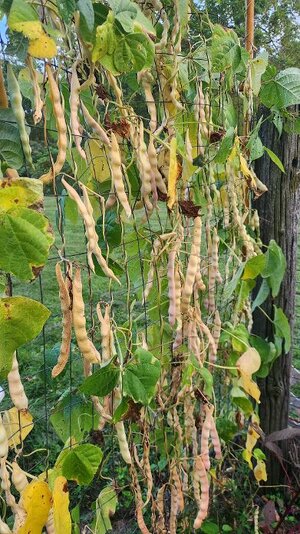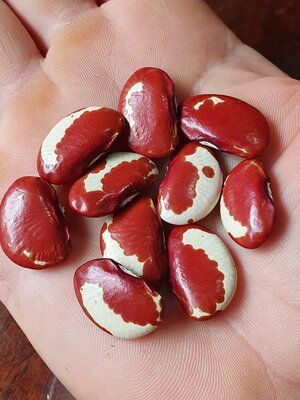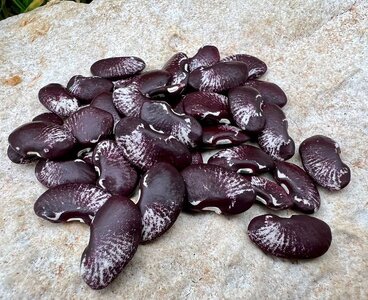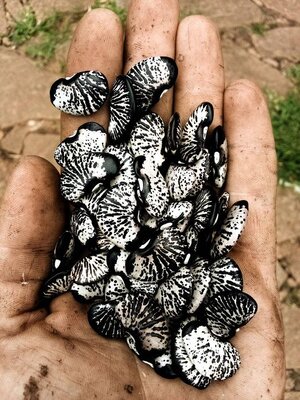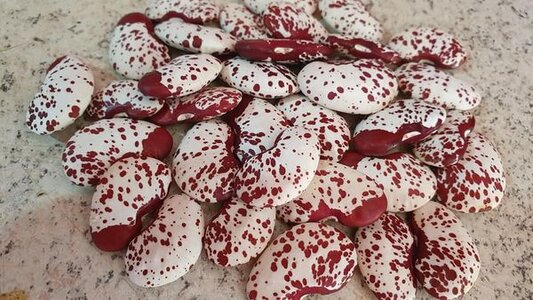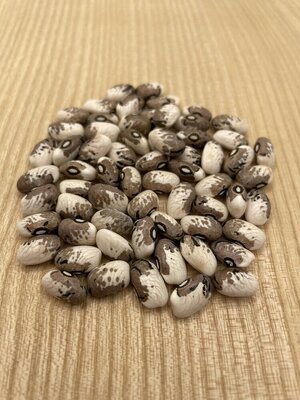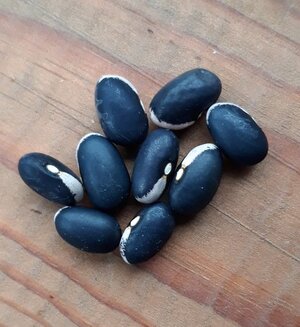Branching Out
Deeply Rooted
These hot pink pods of Jimenez pole beans catch my eye each time I am in the garden. I just love them and hope to get a lot of seed from them, but while I'm meticulous about keeping Network beans well isolated from others I am clearly not doing a great job of segregating my other seed crops. For example these Jimenez are growing on cattle panels alongside five other varieties of pole beans, and I am so wishing that I had isolated these plants. I also managed to plant Rattlesnake and Louisiana Pole side by side, and they each produce green pods with purple streaks that look almost identical. Heavy sigh. I have never been good at garden planning, and it is coming back to haunt me. In future I hope to do a better job of separating all cultivars that are intended for seed saving, maybe by growing fewer varieties each year and planting patches of other species like peas, sweet peas, or runner beans in between the pole bean cultivars.
But-- live and learn. Here is a beautiful patch of pole beans growing in a large raised planter. These beans start out on bamboo poles, and then continue to climb along a metal railing at the top. The foliage is gorgeous! (Note the Red Kaoliang Sorghum growing in front of the pole beans. I had planted the sorghum to act as support for the beans, but it was not a good match as the sorghum only grew 4' tall).
The last photo shows a Scarlet Runner plant twining up a string towards our living room window. Hummingbirds and bumble bees are constantly visiting the blossoms.
But-- live and learn. Here is a beautiful patch of pole beans growing in a large raised planter. These beans start out on bamboo poles, and then continue to climb along a metal railing at the top. The foliage is gorgeous! (Note the Red Kaoliang Sorghum growing in front of the pole beans. I had planted the sorghum to act as support for the beans, but it was not a good match as the sorghum only grew 4' tall).
The last photo shows a Scarlet Runner plant twining up a string towards our living room window. Hummingbirds and bumble bees are constantly visiting the blossoms.
Attachments
Last edited:

